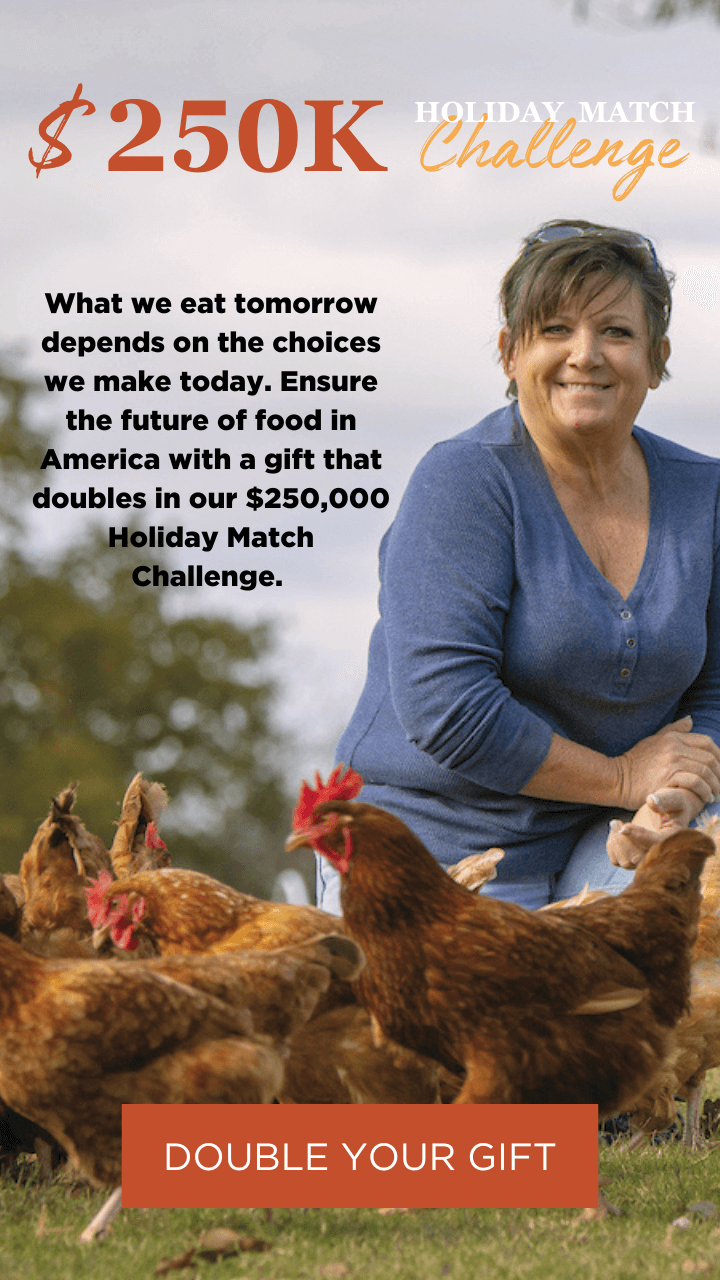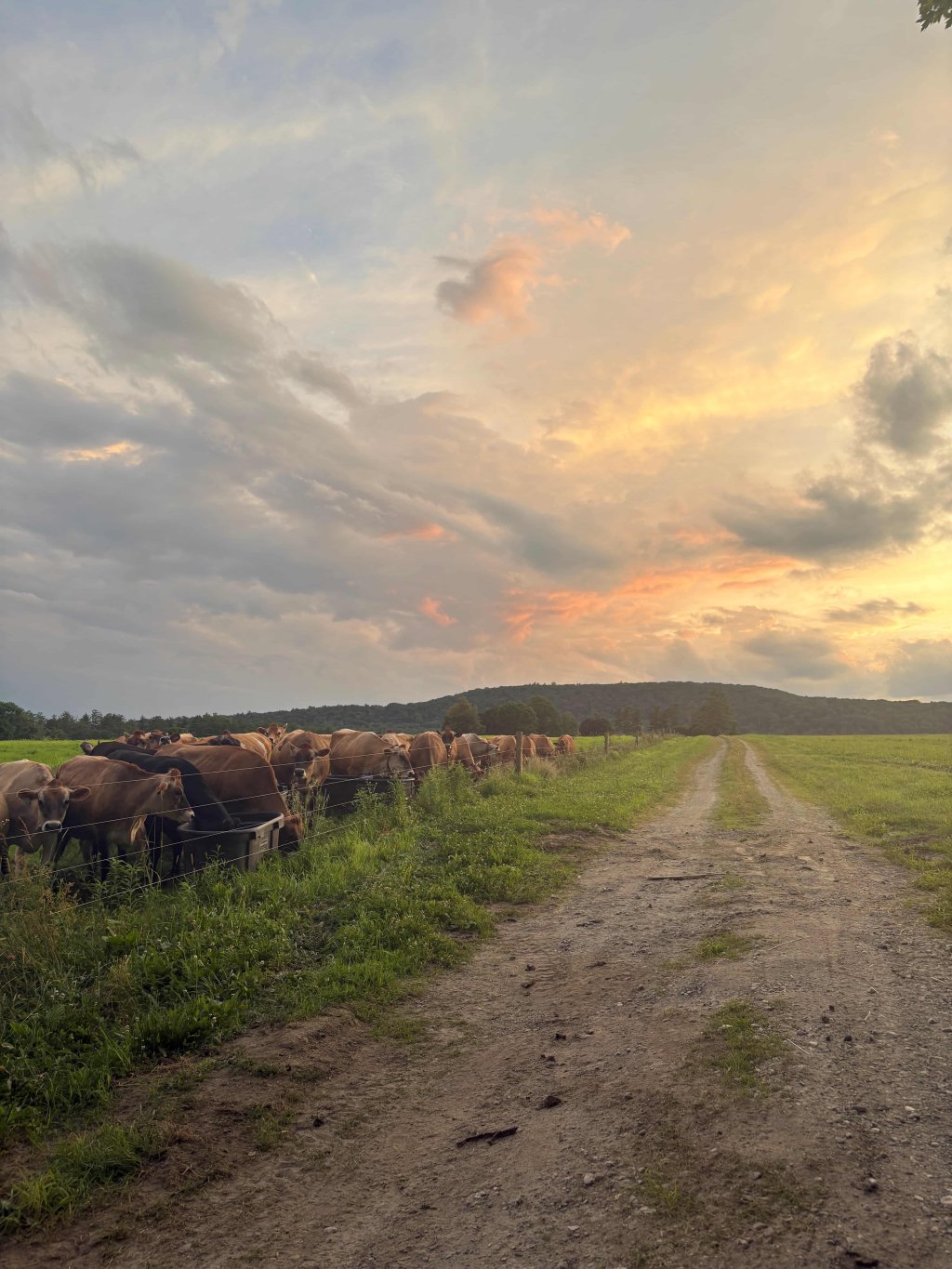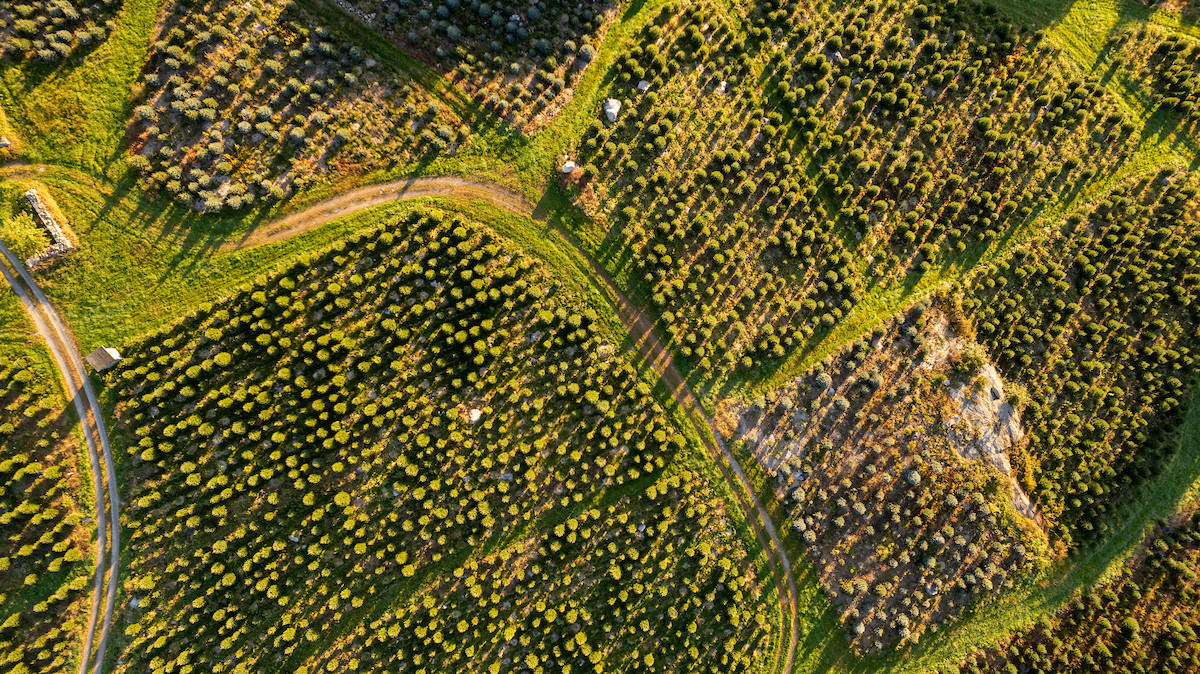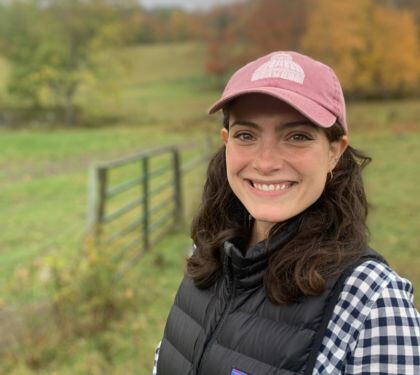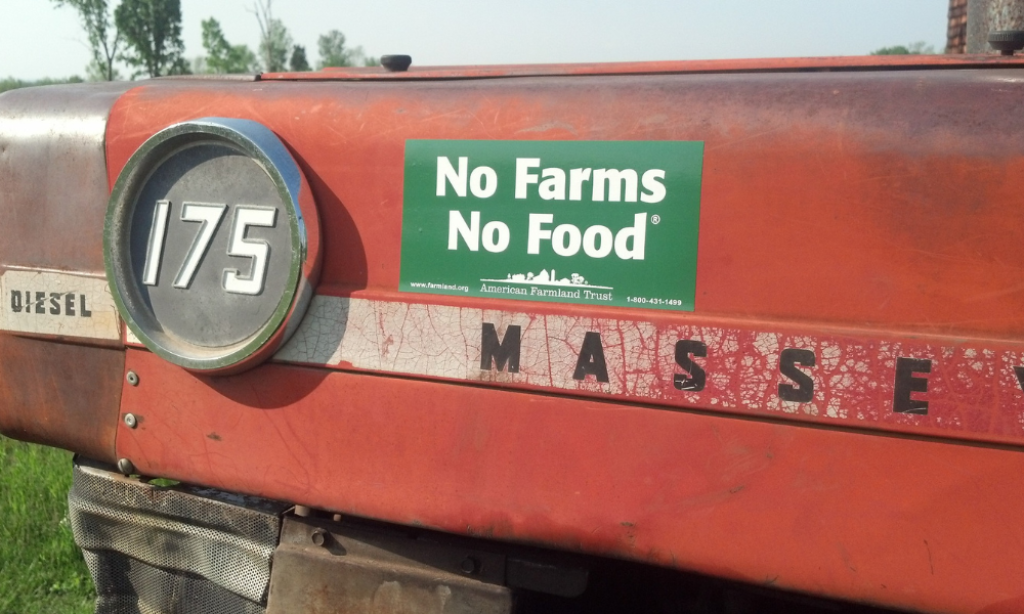Every Cow Deserves Grass: Regenerative Grazing at High Lawn Farm
High Lawn Farm has been raising Jersey cows in Lee, Massachusetts, for over 100 years. The cows have always had access to pasture, but until recently, the farm relied on continuous grazing—a system where animals stay on the same fields for extended periods. Without enough fencing to rotate effectively, some paddocks became overworked while others sat underused.
That began to change when the farm received a Regenerative Livestock Farming (RLF) microgrant from American Farmland Trust. The funds helped them fence off 20 acres of previously idle land, giving their dry cows access to fresh, well-rested pasture—and creating space for true rotational grazing for the first time.
“It’s been a total game changer,” says Mason Gilligan, High Lawn’s Farm Manager. “We didn’t have to supplement them at all. They were full, happy, and quiet.”
A Microgrant Makes Room to Grow
The RLF microgrant helped High Lawn Farm fence in two underused hayfields. One had been disked the year prior and, by luck, reseeded itself with thick, healthy forage. “It ended up being the most lush pasture these girls have ever been on,” Mason says. The extra space gave the smaller paddocks on the farm a chance to rest and regrow. What had previously been sacrifice areas could now recover.
“Before this, we were just putting cows somewhere and feeding them hay. This was our first season with real grazing.” Every dollar from the grant went into fencing, and it made all the difference. “We wouldn’t have been able to do it without that support.”
The shift to real grazing has had a ripple effect on cow health, especially for dry cows. In the past, they were often fed high-protein haylage meant for lactating cows, which could cause metabolic issues and calving complications. Now, with access to fresh grass, the cows are getting exactly what they need.
“They look like real dry cows now,” Mason says. “They’re grazing, not yelling, not overfed. That’s how it should be.” The cows appear to agree. When a small group escaped recently, they didn’t wander far. “They ran straight back to that pasture,” he laughs. “That’s when you know they’re happy.”
Water Access: The Next Hurdle
One big challenge remains: water. With no hydrant near the new pasture, the farm team has been hauling 250-gallon totes by skid steer multiple times a day to keep the cows hydrated. They’ve already purchased pipe, fittings, and connectors for a permanent water line, but local regulations require that line to be buried four feet underground.
“We’ve got everything we need — we just need to figure out how, where, and when to dig.” Despite the labor required to haul water for now, the entire team is committed. “They’ve been great about checking and filling waterers. Seeing the cows so happy on grass, we all see that it's worth it.”
Planning for What’s Next
High Lawn’s next steps include subdividing the pasture into smaller paddocks and rotating cows daily. Mason is also exploring ways to improve grazing for calves and the farm’s small beef herd, as well as replanting tired fields that have been grazed too hard for too long.
“We have the land. We just need to be intentional about fencing and planning.” In the long run, Mason hopes to build a dry cow barn that opens directly into pasture, giving the animals shelter in winter and grass in summer. “That’s the dream. And we already have the spot picked out.”
As many family-owned dairies in New England close their doors, High Lawn continues to thrive. A popular farm store and agritourism program connect the public directly to the land — and the animals — that produce their milk, cheese, and ice cream.
“It’s a place where people have the means to support local food, and they care about what we’re doing. That makes a huge difference.”
This story is part of American Farmland Trust’s Regenerative Livestock Farming Microgrant program, which supports farmers in improving grazing systems, soil health, and resilience through small, targeted grants.
The Regenerative Livestock Farming grant re-opens 9/15/2025 - for more information, click here.
